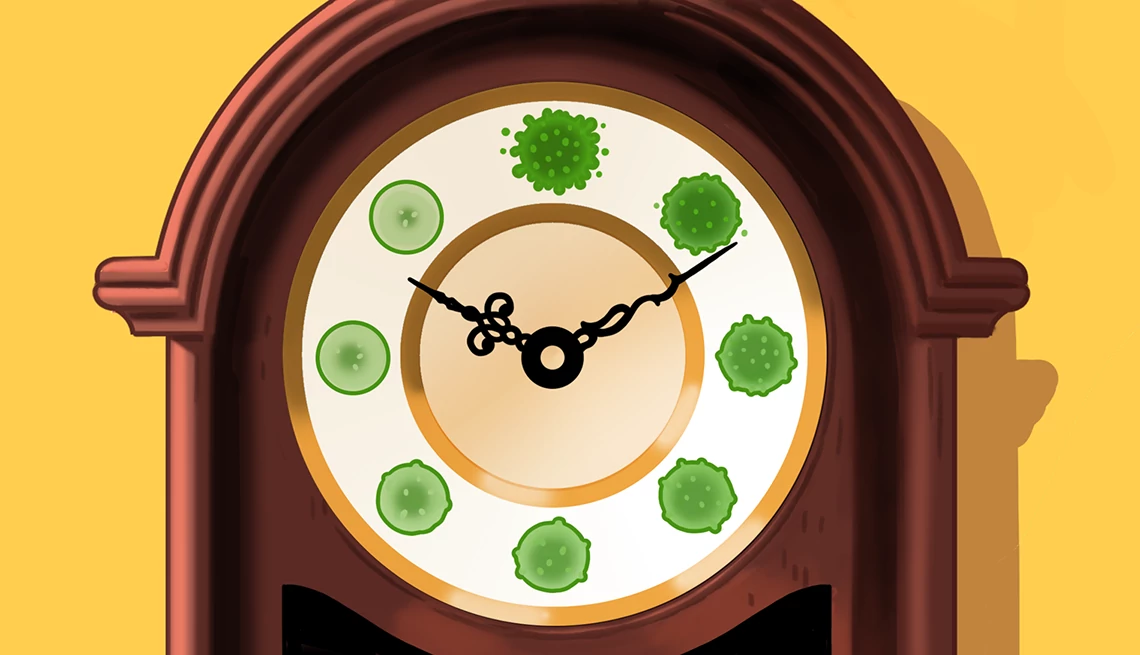AARP Hearing Center


Flu activity is rising across the U.S., and health experts warn the trend is expected to continue into the new year and could lead to a severe season.
The uptick in flu cases we’re seeing right now is not unusual, says Andy Pekosz, a professor of molecular microbiology and immunology at the Johns Hopkins Bloomberg School of Public Health. They typically start climbing around the Thanksgiving holiday before peaking in the winter and subsiding in the spring.
However, infectious disease and public health experts are monitoring the type of flu virus that’s spreading and how that might affect this year’s wave of illness.
“We always look at other countries in the Northern Hemisphere to see how their flu seasons are going,” Pekosz says. “And interestingly, in several countries, in particular Japan and England and even Canada, it looked like there was an earlier start to the flu season. And it was dominated by the H3N2 influenza virus,” in particular, a variant of the H3N2 virus, called subclade K.
According to the University of Minnesota’s Center for Infectious Disease Research and Policy, this variant emerged at the end of the Southern Hemisphere’s flu season, which runs opposite to ours.
“It is currently driving influenza cases in the U.S. as well,” Pekosz said in a recent press briefing. And that’s a concern because “it has mutations that may allow it to evade some, but not all, of the influenza vaccine-induced protection.”
The flu vaccine still protects
That does not mean the flu vaccine is useless, doctors and public health experts stress.
The influenza vaccine provides protection for three flu viruses: an A(H1N1) virus, an A(H3N2) virus and a B/Victoria lineage virus. So even if this year’s vaccine doesn’t turn out to be a perfect match for one of the strains, it can still provide protection against the others circulating. And so far, Pekosz says, the vaccine appears to be a good match for the H1N1 and B/Victoria lineage viruses currently circulating.
“It’s also true that even when we say there’s a mismatch, the vaccine oftentimes continues to protect against severe disease better than it protects against infection,” Pekosz says. This is especially important for older adults, who are at higher risk of getting seriously sick from a flu infection.































































)
)













More From AARP
Do You Have a Cold? The Flu? COVID? Or RSV?
A few tricks for telling the illnesses apart
Ways to Ease a Sore Arm After Flu Shot
Two doctors share their top tips
25 Great Ways to Prevent Cold, Flu and COVID
How older adults can boost immunity and prevent colds, flu, RSV and COVID-19